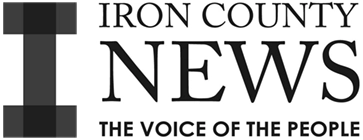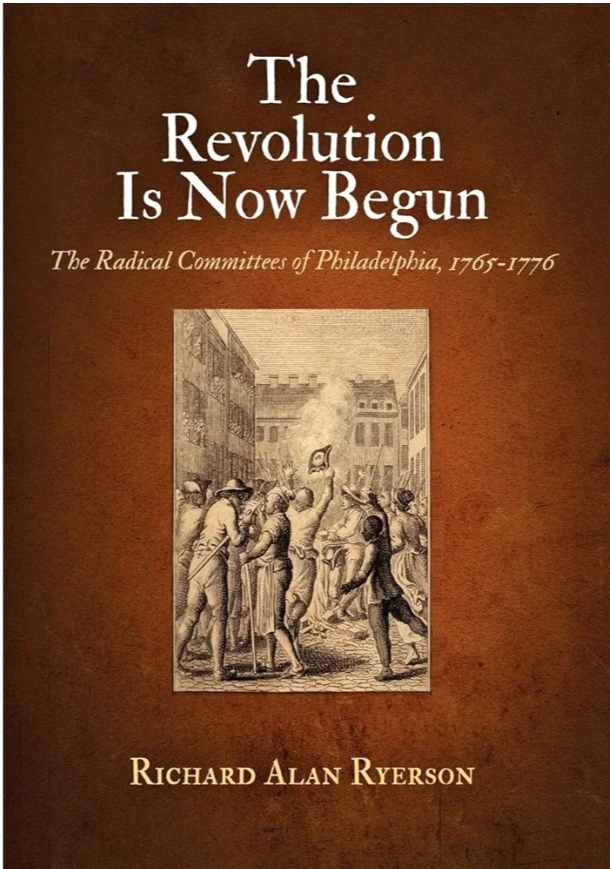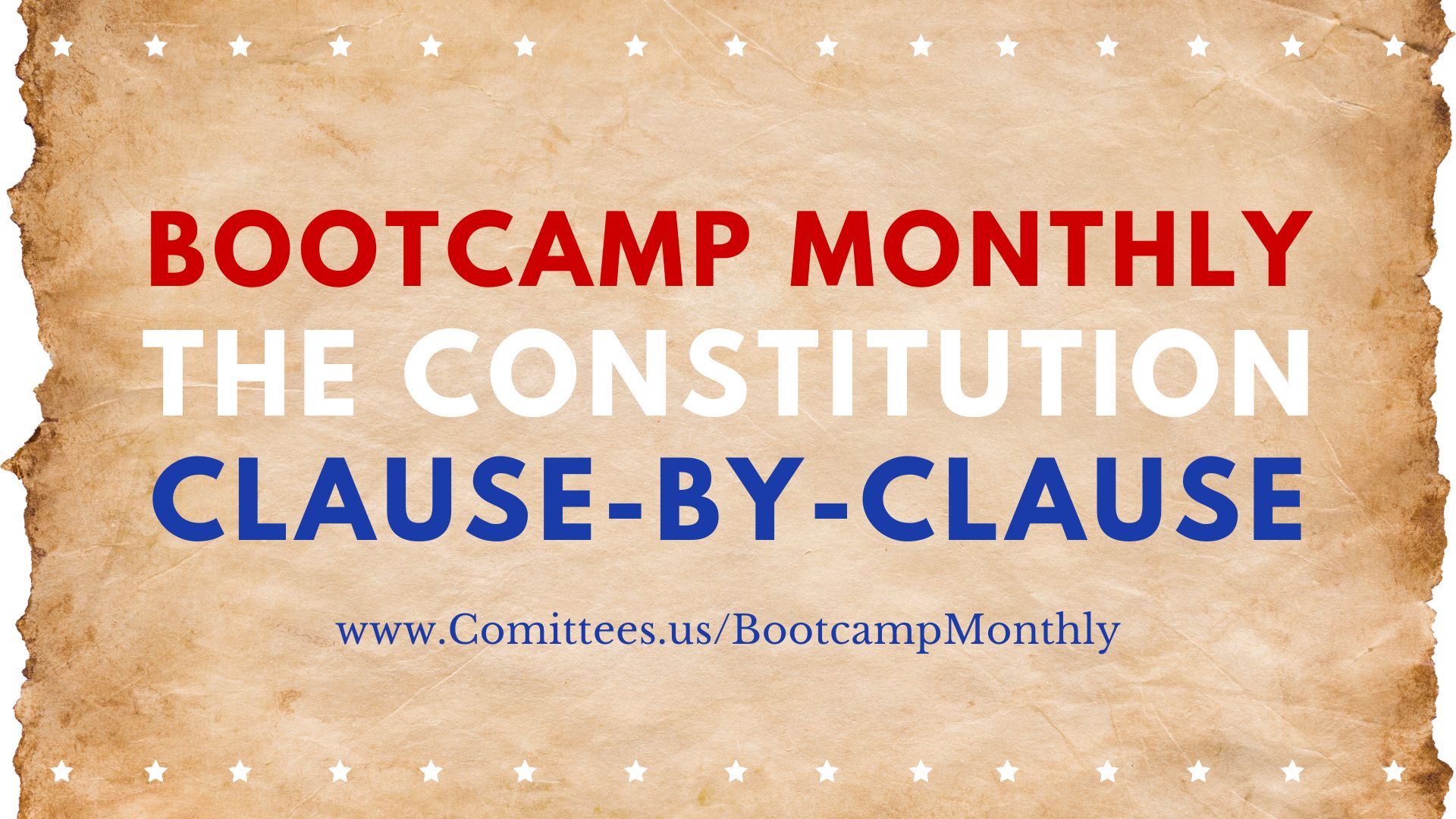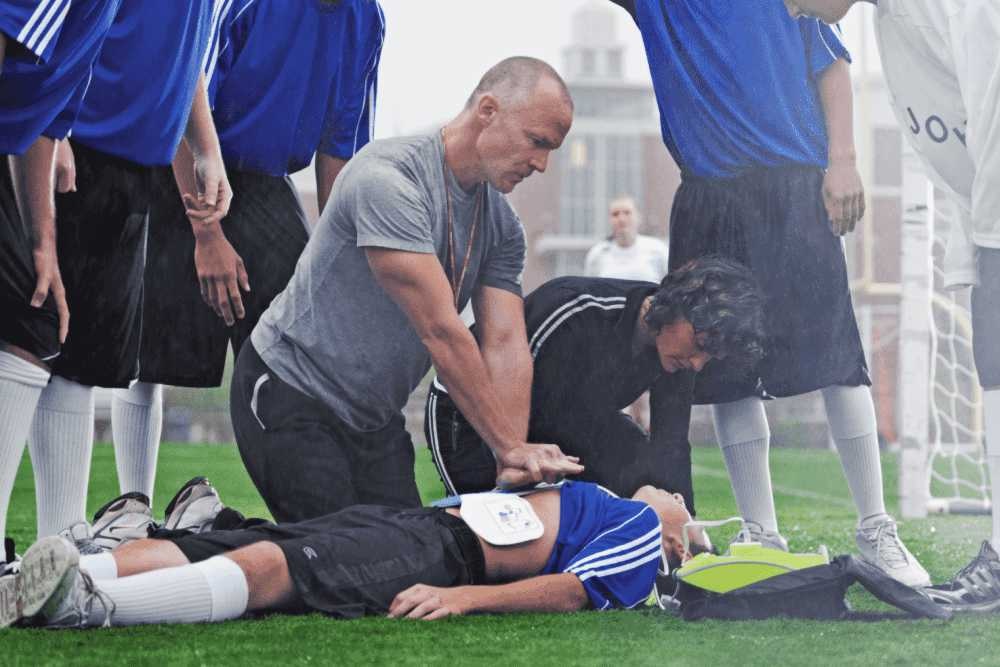Richard Alan Ryerson’s The Revolution Is Now Begun: The Radical Committees of Philadelphia, 1765-1776 explores the influential role of Philadelphia’s revolutionary committees in the years leading up to the American Revolution. The book focuses on the period from the Stamp Act crisis of 1765 to the Declaration of Independence in 1776, examining how Philadelphia’s radical leaders organized and mobilized public opinion, coordinated resistance efforts, and eventually helped push the city and the colonies towards revolution.
Main Themes of the Book:
- The Role of Philadelphia in the Revolution: Ryerson begins by highlighting Philadelphia’s unique position as one of the largest and most politically active cities in the American colonies. As the home of the Continental Congress and a hub of commerce and political thought, Philadelphia played a central role in the development of revolutionary ideology and strategy. The radical committees that emerged in the city were crucial in organizing local resistance to British policies and uniting the colony’s various political factions.
- Radicalization of Philadelphia’s Political Leadership: The book delves into the radicalization of Philadelphia’s political leaders, many of whom had started out as moderate critics of British policy. Ryerson traces how these leaders became more radical in their approach as British policies, such as the Stamp Act (1765) and Townshend Acts (1767), threatened colonial autonomy. The committees that formed during this period became increasingly militant, advocating for boycotts, protests, and eventually armed resistance.
- The Evolution of the Committees: The radical committees of Philadelphia underwent significant changes from 1765 to 1776. Ryerson charts their evolution from small, loosely organized groups focused on specific issues, like opposing the Stamp Act, into well-organized political bodies that could challenge both British authority and more moderate colonial factions. By 1776, these committees had become the de facto government of Philadelphia, organizing the local militia, regulating trade, and managing public order.
- Grassroots Organization and Popular Support: Ryerson emphasizes the importance of grassroots organization in the success of the committees. Philadelphia’s revolutionary leaders were skilled at mobilizing public opinion and building broad-based support for their cause. This included the formation of popular assemblies and town meetings, where ordinary citizens could participate in decision-making. The committees also used pamphlets, newspapers, and other forms of communication to spread revolutionary ideas and galvanize the public.
- Internal Conflicts and Tensions: The radical committees did not operate without internal conflict. Ryerson explores the tensions between radical and moderate factions within Philadelphia, as well as conflicts between the city’s wealthy merchants and the more working-class elements of the population. These divisions often revolved around issues of economic policy, military preparedness, and the extent of resistance to British rule. Despite these conflicts, the committees were ultimately able to present a united front in the lead-up to independence.
- The Committees’ Role in Declaring Independence: One of the key contributions of the radical committees, as Ryerson explains, was their role in pushing Philadelphia and Pennsylvania towards supporting independence. In the years leading up to 1776, the committees worked to build support for a break with Britain, advocating for more aggressive action and preparing the city for the possibility of war. Their influence was instrumental in shifting public opinion towards independence, culminating in Philadelphia’s pivotal role in the signing of the Declaration of Independence.
- Philadelphia’s Radicalism as a National Influence: Ryerson also explores how Philadelphia’s radical committees influenced revolutionary activity beyond the city. The committees’ strategies for organizing resistance, managing public opinion, and coordinating with other colonies were adopted by revolutionary leaders across America. Philadelphia became a model for other colonial cities in how to organize against British authority, making the city a critical player in the broader Revolutionary movement.
- Legacy of the Committees: Ryerson concludes by assessing the long-term impact of Philadelphia’s radical committees on the course of the American Revolution and the development of American political thought. The committees not only played a pivotal role in the immediate push for independence, but they also contributed to the creation of a new, more democratic political culture in the colonies. Their emphasis on grassroots organization and public participation would have a lasting influence on American politics in the years following the Revolution.
Historical Significance:
Ryerson’s work is significant for its detailed exploration of the revolutionary process at the local level. While much of the scholarship on the American Revolution focuses on national leaders and events, Ryerson shifts the focus to the grassroots efforts that were crucial in building the revolutionary movement. His detailed examination of the radical committees of Philadelphia offers valuable insights into how ordinary citizens and local leaders contributed to the success of the Revolution.
Conclusion:
Richard Alan Ryerson’s The Revolution Is Now Begun provides a comprehensive and detailed analysis of the radical committees that helped drive Philadelphia towards independence. Through a close examination of primary sources, Ryerson reveals how these committees organized resistance, mobilized public support, and ultimately played a crucial role in pushing the city and the colonies toward revolution. The book is a valuable resource for anyone interested in the local dynamics of the American Revolution and the ways in which grassroots political action can shape the course of history.








One Response
Liberty Advocate, Its obvious to me you put a lot of work into your writing. I appreciate your desire to teach and inform. However, the format of your notes with numbered bullet points distract me, and I’m lost though Id like to see your views, I can’t. It’s just not in me to be back in school. I see the bullet points and am immediately blinded, gone. Vertical file. I apologize, don’t mean to offend you.
Facts are important, but if you would, try and write as if I’m in a room with you and you really want to personally talk to me instead of listing a report for the upcoming test, I would surely appreciate it, Madi